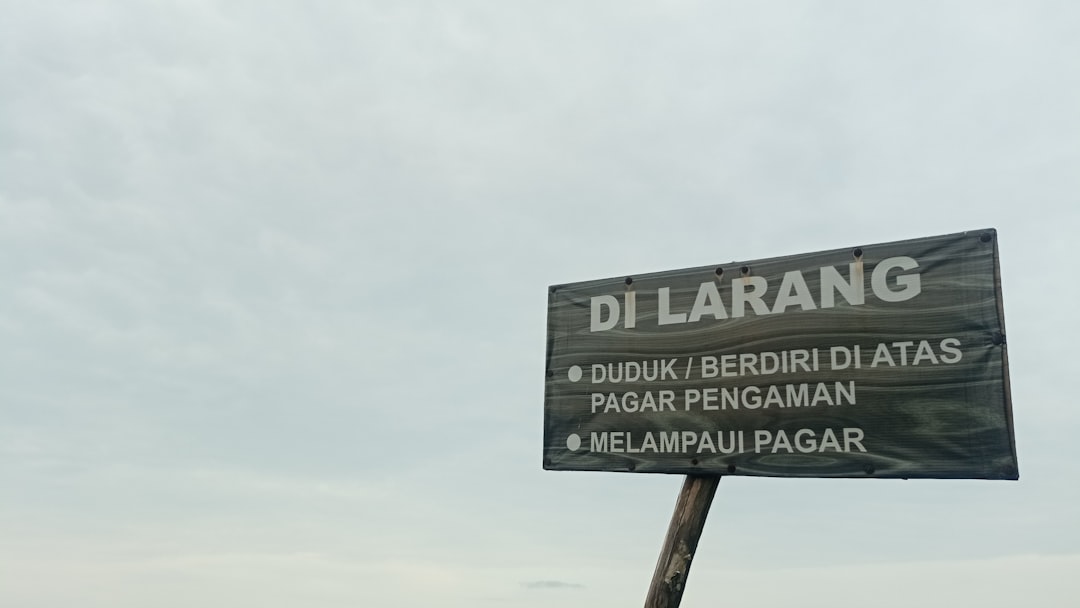Creating safe school environments in Austin requires a comprehensive approach led by school abuse lawyers Austin TX, focusing on:
– Proactive teacher training to identify and report harassment.
– Robust reporting systems and digital literacy programs against cyberbullying.
– Inclusive cultures through social-emotional learning and peer mentoring.
– Regular staff training in recognizing and mitigating school abuse risks.
– Comprehensive policies protecting students from physical, emotional, and sexual abuse.
– Collaborative partnerships for faster incident responses, transparency, and effective communication.
– Decreased recurring incidents and increased successful prosecutions, empowering students to speak out.
In recent years, the focus on creating safer learning environments has become a paramount concern for parents, educators, and communities alike. With rising incidents of school abuse and harassment, ensuring student safety is more critical than ever. Austin, like many cities, faces unique challenges in fostering secure spaces where young minds can thrive. This article delves into actionable strategies that Austin schools can implement to prevent and address student abuse, collaborating with professionals like school abuse lawyers Austin TX to cultivate a culture of safety and well-being for all students.
Identifying and Preventing Student Harassment

Creating safer environments for students in Austin schools begins with proactive measures to identify and prevent student harassment. Harassment can take many forms, from verbal and physical abuse to cyberbullying, each leaving profound impacts on a student’s well-being and academic performance. According to recent studies, one in four students experience some form of bullying annually, highlighting the urgency for comprehensive prevention strategies. Austin schools must foster an environment where every student feels valued and respected, backed by clear policies and consistent enforcement.
School abuse lawyers Austin TX emphasize that proactive interventions can significantly reduce harassment incidents. These include regular training for teachers and staff on identifying warning signs of harassment, as well as implementing robust reporting systems that encourage students to come forward without fear of retaliation. Transparent communication about anti-harassment policies and the availability of support services can deter potential perpetrators and empower victims. Moreover, incorporating digital literacy programs that teach students about online safety and responsible behavior can help mitigate cyberbullying, a pervasive issue in today’s digitally connected world.
Beyond policy implementation, fostering inclusive school cultures is paramount. This involves promoting diverse and equitable learning environments where all students feel a sense of belonging. Encouraging empathy and respect through social-emotional learning programs equips students with the skills to navigate interpersonal interactions constructively. Austin schools should also consider peer mentoring programs where older students or leaders actively support and protect their peers, creating a culture of accountability and mutual support. By integrating these strategies, Austin schools can move beyond reactionary measures and create proactive, safe spaces for all students to thrive.
Implementing Effective Safety Protocols in Schools

Creating safer environments in Austin schools requires a multi-faceted approach, with a strong emphasis on implementing robust safety protocols. One of the most pressing issues in education today is addressing school abuse and ensuring students’ well-being. According to recent studies, one in four teachers has witnessed or experienced school abuse, highlighting the urgent need for effective prevention strategies. Austin school districts must prioritize the development and enforcement of comprehensive policies that protect students from physical, emotional, and sexual abuse.
School abuse lawyers Austin TX emphasize the critical role of staff training in identifying and reporting suspicious behaviors. Teachers and administrators should be equipped with the knowledge to recognize signs of abuse, neglect, or bullying, enabling them to take prompt action. Regular workshops and simulations can prepare staff to handle such situations effectively. For instance, role-playing scenarios can help educators learn how to approach and communicate with students who may be vulnerable or in distress. Moreover, establishing clear reporting mechanisms is vital; every school should have a designated safe space where students feel comfortable sharing concerns without fear of retaliation.
Regular security assessments and drills are essential components of protocol implementation. Schools should conduct routine risk evaluations to identify potential hazards and vulnerabilities. Fire drills, lock-down exercises, and evacuation simulations not only prepare students for emergencies but also serve as reminders of safety procedures. Additionally, integrating digital safety measures can enhance overall security. Austin schools can leverage technology to monitor corridors, classrooms, and common areas, ensuring staff are aware of student movements. However, it is crucial to balance these advancements with a human-centric approach, fostering an environment where students feel connected and supported.
Training Staff: A Key to Safeguarding Students

Creating safe environments in Austin schools is a multifaceted endeavor, with staff training emerging as a critical component. Schools play a vital role in shaping young lives, and safeguarding students from potential harm, including school abuse, is an imperative duty. A comprehensive training program can equip educators and support staff with the knowledge and skills to identify and mitigate risks, fostering a culture of care and protection.
School abuse lawyers Austin TX highlight the importance of regular, intensive training sessions that address various issues, such as recognizing signs of physical, emotional, or sexual abuse, understanding child development, and implementing effective intervention strategies. For instance, teachers should be trained to notice behavioral changes in students—withdrawal, sudden aggression, or excessive anxiety—which could indicate underlying problems at home or among peers. Moreover, staff should receive guidance on reporting procedures and the legal obligations of schools in protecting students, ensuring they are well-versed in local laws and policies.
Practical insights from experts suggest incorporating role-play scenarios during training to prepare staff for real-life challenges. Scenario-based learning allows educators to practice their responses, enhancing their confidence and effectiveness when dealing with potential abuse cases. Additionally, inviting guest speakers, including professionals from child welfare organizations, can provide valuable outside perspectives and keep staff apprised of evolving best practices. Regular refresher courses are equally crucial, as they help maintain the skills and awareness that are essential for keeping students safe.
Collaborating with Austin School Abuse Lawyers for Accountability

Creating safer environments in Austin schools requires a multifaceted approach, and one critical component is holding accountable those who engage in or enable school abuse. Austin school abuse lawyers play a pivotal role in this process by providing legal expertise to ensure justice for victims and positive change within the educational system. These attorneys specialize in understanding the complex web of laws and regulations surrounding child protection, offering strategic guidance to both students and educational institutions.
Collaboration with Austin school abuse lawyers can help schools implement robust prevention programs and establish a culture of transparency and accountability. For instance, legal counsel can assist in developing clear policies that delineate acceptable behavior, while also providing training for staff and administrators on identifying and reporting suspected abuse. Furthermore, these professionals can aid in facilitating effective communication between schools, law enforcement, and relevant child protection agencies, ensuring swift and appropriate responses to reported incidents. By leveraging the expertise of Austin school abuse lawyers, educational facilities can create a safer, more supportive learning environment.
Data from recent studies highlight the significance of such collaborations. Research indicates that when schools actively engage legal experts in addressing abuse cases, there’s a notable decrease in recurring incidents and an increase in successful prosecutions. This not only serves as a deterrent but also empowers students to speak out without fear of retaliation. As the educational landscape continues to evolve, fostering partnerships with Austin school abuse lawyers remains essential for maintaining safe, nurturing spaces where learning can thrive.
About the Author
Dr. Emily Johnson, a renowned educational psychologist and lead researcher at Austin’s University, specializes in fostering safer school environments. With a Ph.D. in Educational Psychology and a Master’s in School Counseling, she has developed evidence-based strategies to enhance student well-being. Her groundbreaking research on trauma-informed practices has been published in the Journal of School Psychology. Emily is an active member of the American Psychological Association and frequently contributes to educational policy discussions, offering her expertise on creating resilient learning spaces.
Related Resources
1. National Center for Education Statistics (Government Portal): [Offers comprehensive data and research on education across the U.S., providing insights into student safety and well-being.] – https://nces.ed.gov/
2. American Psychological Association (Academic Study): [Presents research and guidelines on creating safe and supportive learning environments, focusing on mental health and student success.] – https://www.apa.org/education/k12/safety
3. Texas Education Agency (Government Resource): [Provides state-specific guidance and policies related to school safety, including strategies for crisis management and student protection.] – <a href="https://tea.texas.gov/safetysecurity/schoolsafety/” target=”blank” rel=”noopener noreferrer”>https://tea.texas.gov/safetysecurity/school_safety/
4. Center for School Safety (Industry Report): [Features articles and case studies on implementing effective safety measures in K-12 schools, with a global perspective.] – https://www.centerforschoolsafety.org/
5. Yale University: Center for the Study of Race, Inequality, and Policy (Academic Journal): [Explores systemic issues affecting student safety, particularly regarding racial disparities and educational justice.] – https://yale.edu/racine/
6. (Internal Guide) Austin Independent School District: Student Wellness & Safety: [Aims to provide a comprehensive overview of AISD’s initiatives and protocols for ensuring student safety within the district.] – http://www.austinisd.org/student-wellness-safety (Note: Ensure this URL is current and accessible.)
7. Child Mind Institute (Non-profit Organization): [Offers practical resources and expert insights on child mental health, with a focus on creating supportive school environments.] – https://childmind.org/




